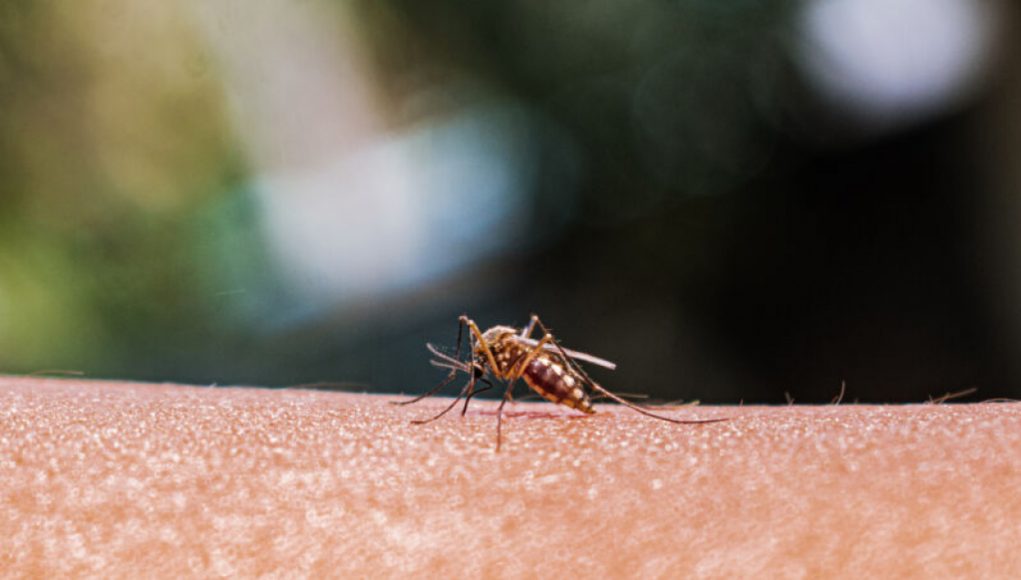The Centers for Disease Control and Prevention has issued a warning to doctors to be on high alert for malaria cases after five people in Texas and Florida fell ill with locally acquired infections, despite not having traveled outside of the country. This is a cause for concern as the agency fears that the country could see a rise in imported cases due to increased international travel this summer. The Florida and Texas cases are the first locally acquired malaria infections in the US since 2003, making it a rare occurrence.
Malaria is caused by an infection with one of five protozoan parasites of the Plasmodium genus, which are transmitted by the bites of female mosquitoes of the Anopheles genus. There are multiple species of Anopheles mosquitoes in the US capable of picking up and spreading malaria, and 32 states have reported the presence of at least one potential malaria vector. Symptoms of malaria include fever, chills, headache, myalgias, and fatigue, and if left untreated, it can develop into a severe life-threatening disease.
While the CDC still deems the overall threat of locally acquired malaria in the US to be “extremely low,” these occasional cases are a reminder that reemergence is possible and vigilance is required. Global travel and climate change will continue to create opportunities for malaria transmission to increase in endemic and controlled areas, like the US, and even in places that have traditionally been malaria-free.
It’s important to note that malaria used to be endemic in temperate areas of the US but was considered eliminated from the country in 1951 after the establishment of the Office of Malaria Control in War Areas. The elimination was achieved by improved sanitation, medical care, drainage of mosquito breeding sites, and insecticide use. However, with the recent cases in Texas and Florida, it’s clear that the fight against malaria is far from over.
In recent news, the Centers for Disease Control and Prevention (CDC) have reported the first U.S.-based cases of malaria in more than two decades in both the states of Texas and Florida.
Malaria, a mosquito-borne infectious disease caused by a parasite, is typically found in tropical and sub-tropical regions and affects hundreds of millions of people worldwide. While malaria was nearly eradicated in the United States prior to 2000, it has since reemerged in both Texas and Florida due to unaccounted-for travel of individuals between these states and countries with established malaria transmission.
The first case of malaria reported in Texas in recent years involved a resident of Fort Worth traveling to Colombia and returning with symptoms of malaria. The second case pertained to a resident of Pensacola, Florida, who had returned from traveling in Jamaica and later tested positive for the infection. Both individuals were admitted to their local hospitals shortly after displaying symptoms and were treated shortly thereafter.
Though the CDC has been quick to address the cases and ensure that malaria continues to remain under control domestically, medical experts have continued to urge residents to be aware of how to prevent malaria transmission, especially for those who are planning international travel.
According to CDC officials, the best prevention method for malaria is taking prophylactic medication, using insect repellent when outdoors, and wearing clothing that covers most of the skin. In addition to these tips, individuals are encouraged to receive medical care if they experience any fever, headache, chills, or body aches following travel abroad.
The news of recent U.S.-based cases of malaria is an unfortunate reminder of how far there still is to go in the fight against malaria worldwide, and it emphasizes the importance of taking the necessary precautions to prevent its further transmission.




















